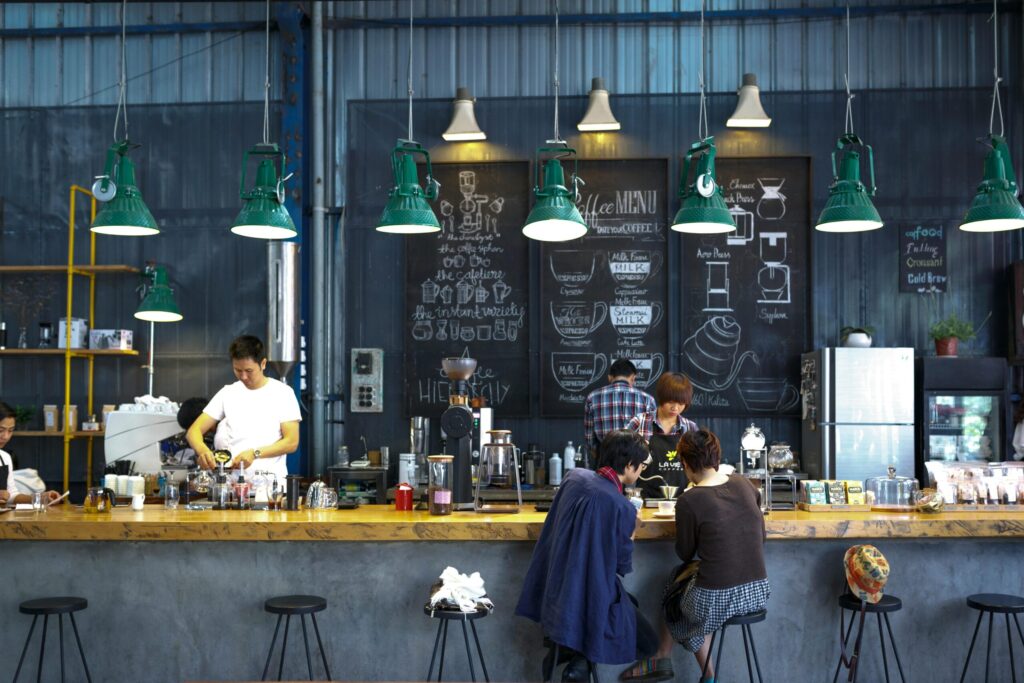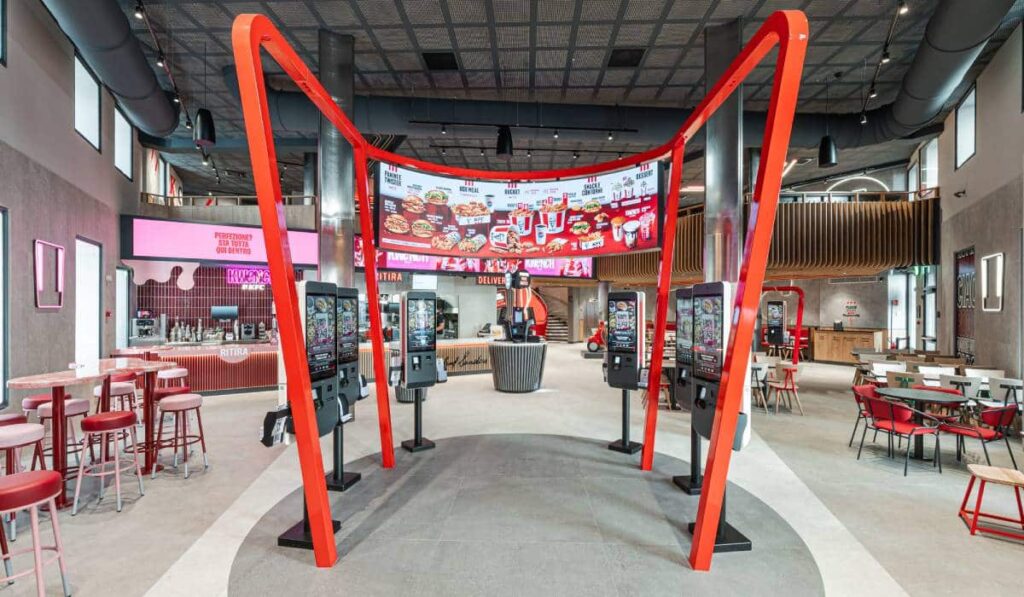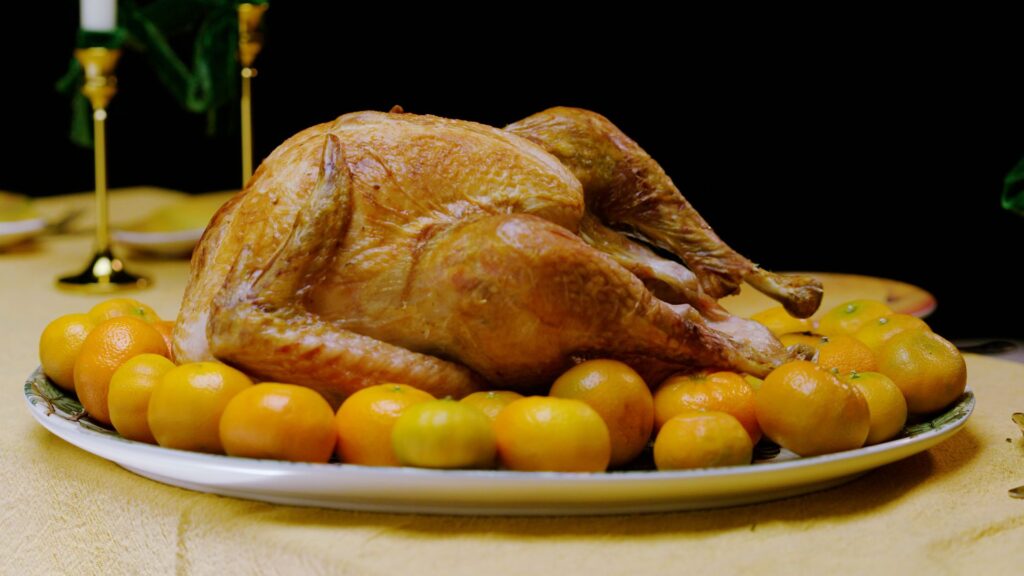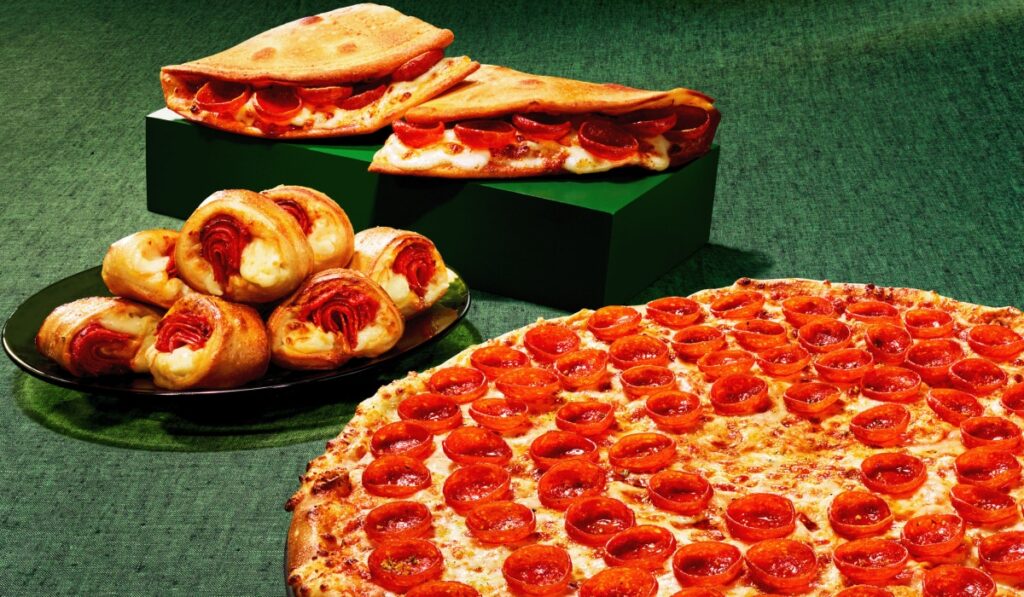How TikTok’s Food Fads Are Reshaping Supermarket Shelves and Global Supply Chains

What used to take months of menu analysis and trend forecasting now happens at the speed of a scroll. In the era of TikTok-driven consumer habits, food trends are no longer set by chefs in high-end restaurants, but by creators with ring lights and viral reach—and supermarkets are scrambling to keep up.
Retailers across the UK are increasingly relying on social media platforms to shape their inventory, as viral foods leap from the “For You” page to store shelves. “The power has flipped,” says Zoe Simons, brand development chef at Waitrose. “We used to look to restaurants to predict trends, now we follow TikTok and Instagram. It’s faster, more reactive, and surprisingly accurate.”
From Matcha Lattes to ‘Dubai Chocolate’
One need only glance at recent supermarket launches to see the influence in action. Matcha lattes, long a staple in Japanese cafés, have exploded in popularity thanks to TikTok tutorials and aesthetic café videos. They’re now ubiquitous, from Starbucks to Britain’s biggest bakery chain, Greggs, which credited a viral mac and cheese video—viewed more than 3 million times—for a recent sales bump.
Then there’s the “Dubai chocolate” bar, a TikTok sensation created by British-Egyptian influencer Sarah Hamouda. Packed with pistachio cream, tahini, and knafeh, one video featuring the bar racked up more than 120 million views. The response from retailers was immediate. Waitrose introduced its own version this spring—selling out quickly and limiting purchases to two bars per customer. Lidl and Lindt followed with their own pistachio-themed treats.
Behind the scenes, supermarkets are increasingly using AI tools to mine recipe trends, scan online chatter, and monitor influencer content in real time—cutting product development timelines from months to mere weeks.
Booming Demand, Strained Supply
But while British shoppers clamor for trending flavors, agricultural producers around the world are struggling to meet surging demand.
Pistachios, for instance, have seen a dramatic price spike. According to global data platform Tridge, the price of pistachio kernels has jumped nearly 35% in the past year—from €6.65 to €8.96 per pound—and is projected to hit €10.80 by year’s end. And that’s despite production ramping up sharply. The U.S., particularly California, now accounts for 43% of global pistachio output, surpassing even its traditional exports like corn and beef.
Matcha faces a similar strain. Japan produced more than 4,100 tonnes of the finely milled green tea powder in 2023—nearly triple its 2010 output—but supply has struggled to match TikTok-driven demand. Kyoto-based tea giants Ippodo and Marukyu Koyamaen were forced to implement purchase limits last year.
When Viral Hits Outpace Supply Chains
For Hanife Hursit, a 25-year-old café owner who recently opened Frothee in London’s King’s Cross, the shortage became real just before launch. “My supplier said we might have to wait,” she recalled. “It’s blown up everywhere.”
Hursit, a former social media manager with a 19,000-strong following on TikTok, built her drinks menu entirely around trending flavors: strawberry, brown sugar, jasmine—and, of course, matcha. “Everything I create is driven by what I see online and what resonates with my audience,” she says. “Our earl grey matcha is by far the bestseller.”
As for pistachio? “We thought about it,” she says, “but it’s just too expensive, even at wholesale rates.”
The Environmental Price of Going Viral
Beyond the economic stress, analysts are raising alarm over the environmental consequences of short-lived food frenzies. Pistachios, for instance, are a notoriously water-intensive crop grown in drought-prone regions like California and Iran. “The surge in demand is putting enormous pressure on already overstressed water systems,” warns Tridge analyst Mzingaye Ndubiwa.
And as farmers race to expand single-crop output to meet fleeting consumer demand, experts caution against the ecological risks of monoculture farming: deforestation, increased pesticide use, and long-term damage to soil and water health.
“Trends steered by social media can fuel environmental decline—especially if the hype vanishes as quickly as it appeared,” Ndubiwa notes.
Retailers React, but at What Cost?
While AI helps retailers keep pace with cultural shifts, it also reinforces a cycle of unsustainable consumption. Products like matcha lattes and pistachio desserts are repackaged, sold, and discarded at viral speed, with little regard for the larger system that produces them.
As food culture becomes ever more influenced by algorithms and influencers, the challenge for supermarkets may no longer be predicting what’s next—but managing the social, environmental, and ethical fallout of trends that never ask for permission before they explode.
By Staff Writer, Courtesy of Forbes | May 24, 2025 | Edited for WTFwire.com
Source: The Guardian
: 223







